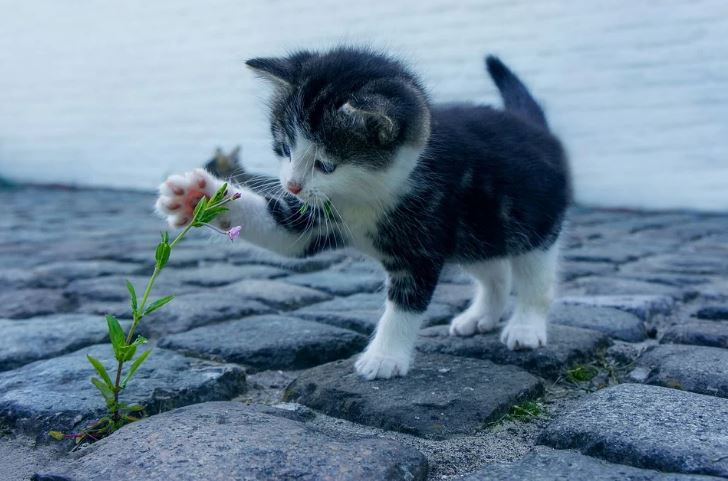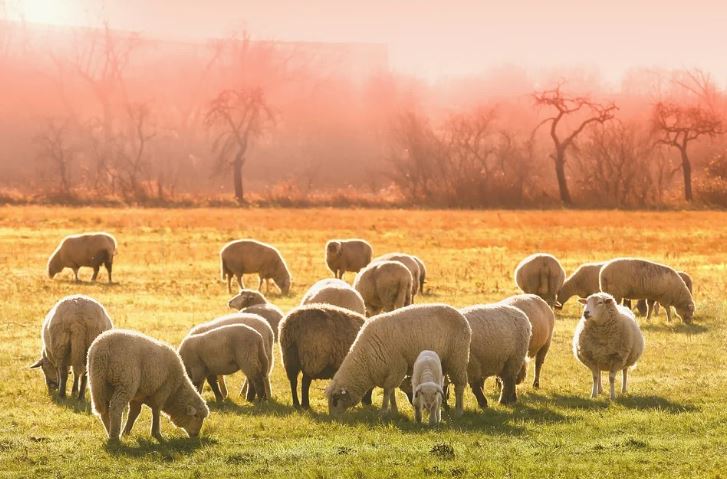List of 50+ Animals in Sanskrit with example sentences
As a newbie, one of the “most” important topics is learning animals names in Sanskrit. Why? A few examples will cure your doubts as to why you need to understand these words
- In ancient India, having a pet like a parrot or a dog or a cat was very common so these will be very common in Sanskrit stories.
- Talking about life in Ancient India means talking about farm animals.. who didn’t have farm animals back then?
- India was filled with millions of wild animals and almost every Sanskrit story will have wild animals in them

Let us now go through the vocabulary for 50+ animals in Sanskrit. Hopefully you will find them to be easy.
Topics
- Translation for Animals in Sanskrit
- Pet animals in Sanskrit
- Names of all farm animals
- List of different wild animals
How do you say animal in Sanskrit?
Since 90% of India was covered in forests, animals were everywhere. So you will find many words in Sanskrit for this. There are eight most common words for Animals.
| Sanskrit | Transliteration |
| प्राणिन् | prANin |
| मृग | mRga |
| पशु | Pashu |
| जन्तुः | Jantuḥ |
| चेतनः | Cetanaḥ |
| जीवी | Jīvī |
| जन्मी | Janmī |
| शरीरी | Śarīrī |
Other Fun Topics
If you want to learn the names of the flowers in Sanskrit, you can find them in this link here LIST OF FLOWERS IN SANSKRIT
Otherwise if you want to learn the names of the vegetables in Sanskrit, you can find them here LIST OF VEGETABLES IN SANSKRIT
The list of fruits in Sanskrit, you can find them in this link here LIST OF FRUITS IN SANSKRIT
Names of different pet animals in Sanskrit
In Ancient India, everyone had pets. Dogs and cats and parrots and exotic birds were very common and are mentioned in almost every single Sanskrit text. That being said, also whenever you are learning a new language, animals are the super basic stuff which you have to memorize.

| English | Sanskrit | Transliteration |
| Cat | बिडालः | Biḍālaḥ |
| Rabbit | शशः | Śaśaḥ |
| Horse | अश्वः | Aśvaḥ |
| Dog | सारमेयः | Sārmeyaḥ |
| Parrot | शुक | Śuka |
Farm Animals in Sanskrit
In the ancient world, everyone lived in villages and towns and had farm animals. Even those living in the main cities of the kingdoms typically had a few cows, a few goats and some chicken. Without a horse transportation was impossible, so they all had horses as well. Ducks were common too if they lived near the rivers. So suffice to say, there were hundreds of mentions of the different farm animals in Sanskrit texts and stories. You can learn the list of farm animals in Sanskrit below.

| English Names of Animals | Sanskrit Names | Transliteration |
| Pig | वराहः | Varāhaḥ |
| Buffalo | महिषः | Mahiṣaḥ |
| Horse | अश्वः | Aśvaḥ |
| Bull | वृषभः | Vṛṣabhaḥ |
| Cow | धेनुः | Dhenuḥ |
| Donkey | गर्दभः | Gardabhaḥ |
| Goat | अजः | Ajaḥ |
| Calf | वत्सः | Vatsaḥ |
Wild animals in Sanskrit
Anyone and everyone knows’ that up to a thousand years ago, 90% of India was covered in dense forests. Wild animals were reigning all over India. All historical texts in Sanskrit and any of the ancient languages talk about so many stories of cunning foxes, cruel wolves, powerful lions, stealthy tigers, poisonous snakes and many more. Every temple in India has carvings of hundreds of animals. So with that being said, you can understand the importance of learning the names of the different wild animals in Sanskrit.
| English Names of Animals | Sanskrit Names | Transliteration |
| Lion | सिंहः | Siṁhaḥ |
| Tiger | व्याघ्रः | Vyāghraḥ |
| Monkey | वानरः | Vānaraḥ |
| Bear | भल्लूकः | Bhallūkaḥ |
| Jackal | शृगालः | Śṛgālaḥ |
| Wolf | वृकः | Vṛkaḥ |
| Deer | हरिणः | Hariṇaḥ |
| Rabbit | शशः | Śaśaḥ |
| Elephant | गजः | Gajaḥ |
| Camel | उष्ट्रः | Uṣṭraḥ |
| Leopard | चित्रकः | Citrakaḥ |
| Crocodile | मकरः | Makrakaḥ |
| Mongoose | नकुलः | Nakulaḥ |
| Squirrel | चिक्रोडः | Chickrodah |
| Giraffe | चित्रोष्ट्र: | Chithronshthah |
| Rat | मूषकः | Mooshikah |
| Porcupine | शल्य: | Shalyah |
| Tortoise | कुर्मः | Kumrah: |
Hope you had fun learning Sanskrit. It is indeed a beautiful language and one of the most ancient in the world.




